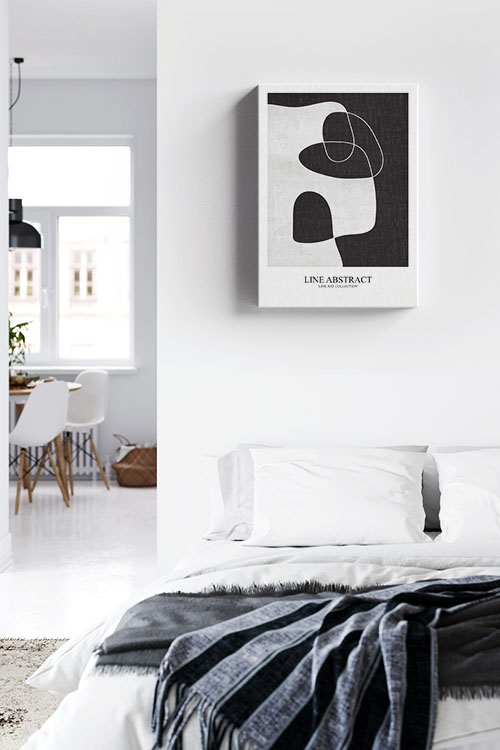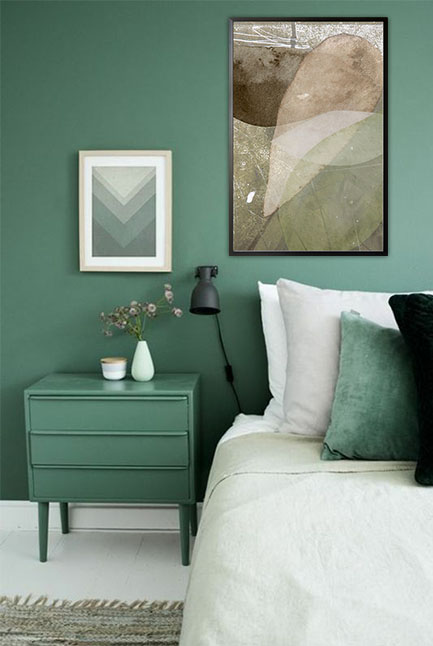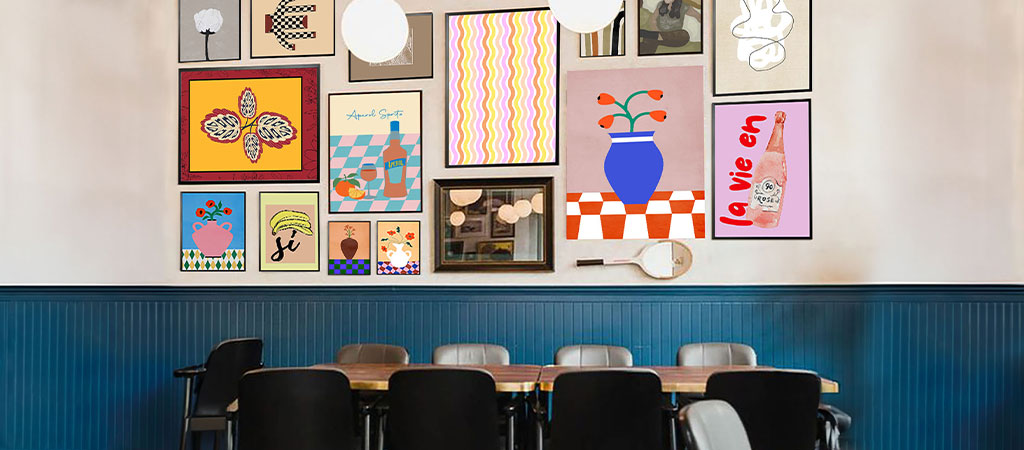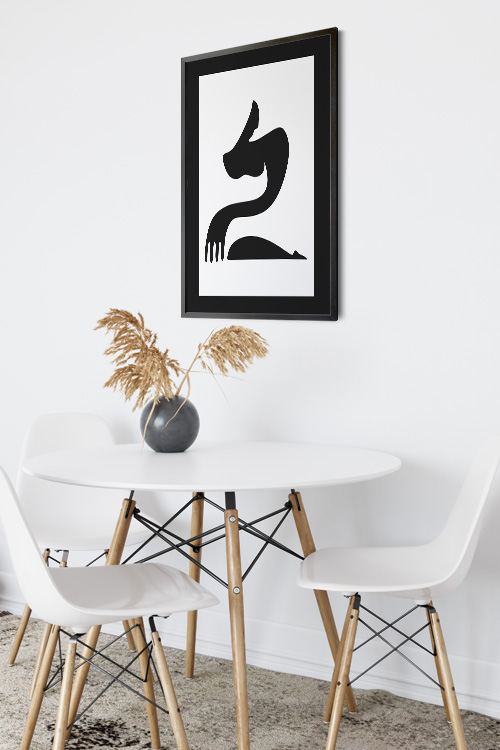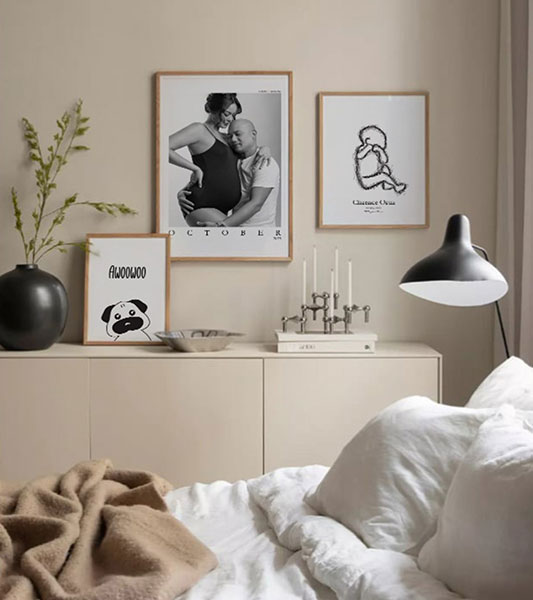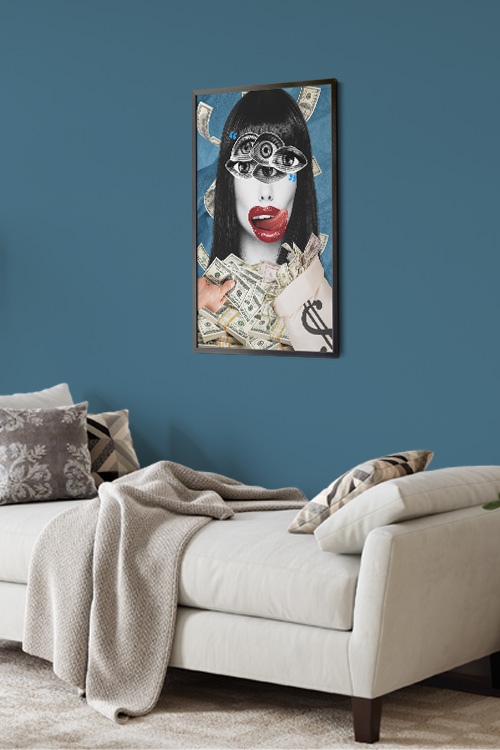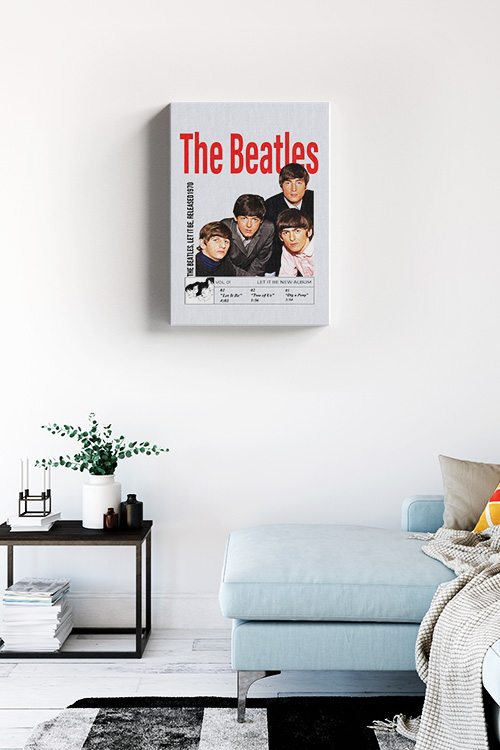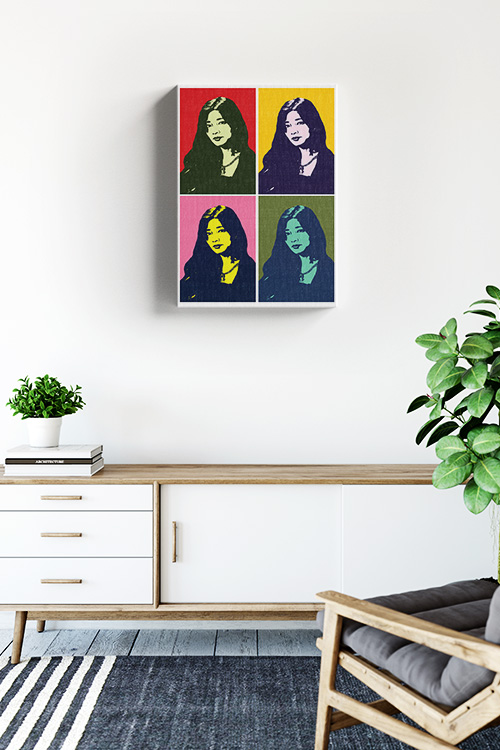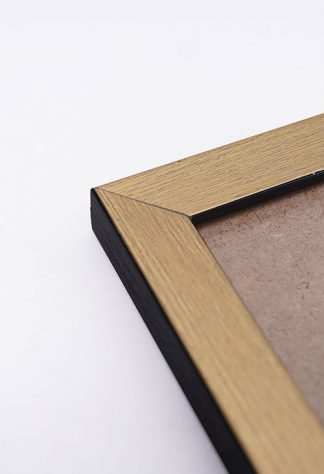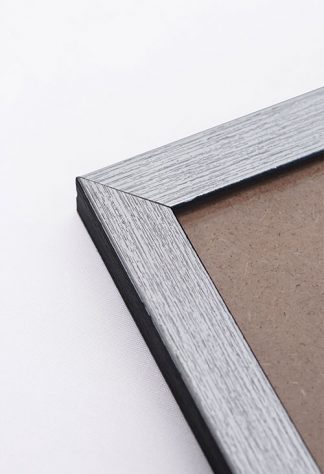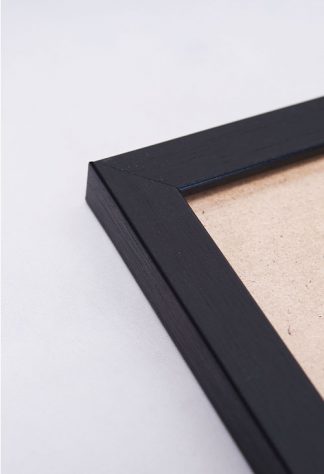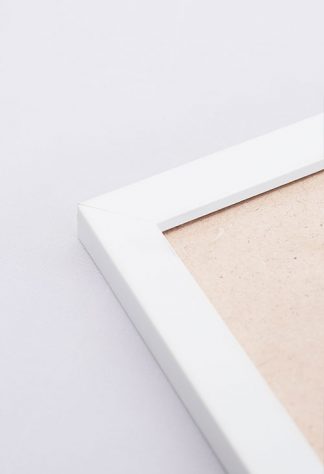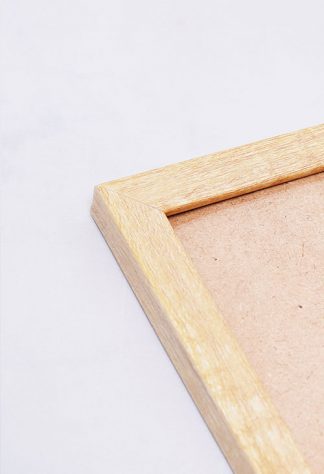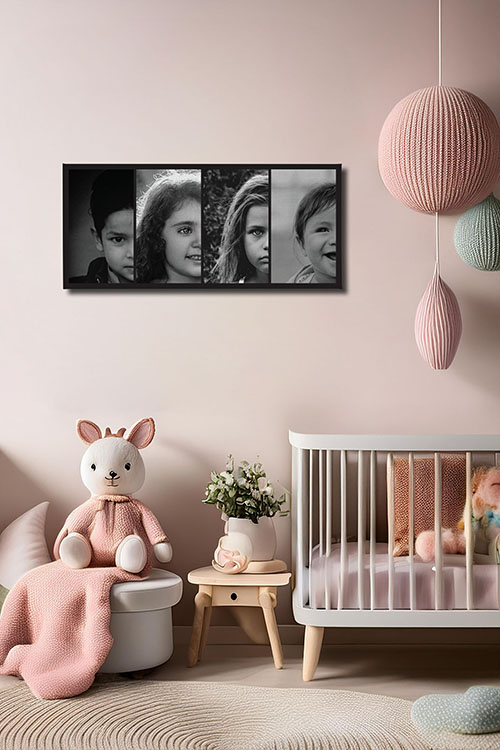
In the digital age, where photos are often stored on devices, creating a personalized family photo wall serves as a nostalgic and aesthetically pleasing way to showcase cherished memories. More than just a decorative choice, these walls encapsulate stories, milestones, and the essence of family bonds, transforming them into heartfelt galleries that resonate with personal history. They also serve as a visual reminder of the shared experiences and the love that binds a family, fostering a sense of unity and shared history.
The Power of Personalization
Personalization is key to crafting a meaningful family photo wall. It’s not just about hanging pictures, it’s about curating a narrative that reflects the unique journey of your family. Start by selecting photos that capture significant moments, such as vacations, birthdays, weddings, or everyday joys. These images not only evoke nostalgia but also celebrate achievements and relationships that define your family’s story.
Choosing the Right Wall
Selecting the perfect wall is crucial. It should be a space where the photos can be prominently displayed and easily admired. Consider high-traffic areas, such as the living room or hallway, where family members and guests can naturally pause and reminisce. If you have limited wall space, consider creating a smaller, more concentrated photo wall or using a corner of a room. The wall’s size and layout should complement the photo’s arrangement, ensuring a harmonious blend of memories and decor.
Design and Layout
The layout of your family photo wall is where creativity meets sentimentality. Experiment with different arrangements before committing to a final design. Some opt for symmetrical grids for a clean, organized look, while others prefer an eclectic mix of frames and sizes that reflect the dynamic nature of family life. Incorporate other elements, such as shelves, clocks, or artwork, to add depth and personality to your space.
Choosing Frames and Display Methods
Frames play a crucial role in enhancing the visual appeal of your photo wall. Whether you prefer classic wooden frames, sleek metal ones, or trendy acrylic options, each choice can influence the overall ambiance. Consistency in frame style can create a cohesive look, while mixing frames adds a playful touch. Additionally, consider exploring alternative display methods, such as canvas prints, photo collages, or digital frames, for a modern twist.
Curating a Story
A personalized family photo wall is not just about displaying images, but also about curating a narrative. Organize photos chronologically or thematically to tell a story of growth, resilience, and love. Include memorabilia such as tickets, handwritten notes, or souvenirs to enhance the storytelling experience. This approach transforms the wall into a dynamic timeline that resonates with every family member.
Embracing Change
As families grow and evolve, so should the photo wall. Update it regularly with new memories to reflect ongoing journeys and milestones. Consider seasonal updates or themed displays that celebrate holidays or special occasions. This adaptability ensures that the photo wall remains a current reflection of your family’s joy and unity. To maintain the wall’s appeal, consider dusting the frames regularly and updating the photos at least once a year.
Creating Lasting Impressions
A personalized family photo wall transcends decor. It becomes a focal point of warmth and nostalgia within your home. It sparks conversations, evokes laughter, and reminds everyone of the bonds that unite them. Whether you’re starting from scratch or refreshing an existing display, the effort put into curating a personalized family photo wall will undoubtedly create lasting impressions for years to come.
In a Nutshell
A personalized family photo wall is more than just an arrangement of pictures. It’s a testament to love, growth, and cherished moments. By thoughtfully selecting and arranging photos, embracing creativity, and celebrating change, you can create a timeless display that resonates with your family’s unique story.
